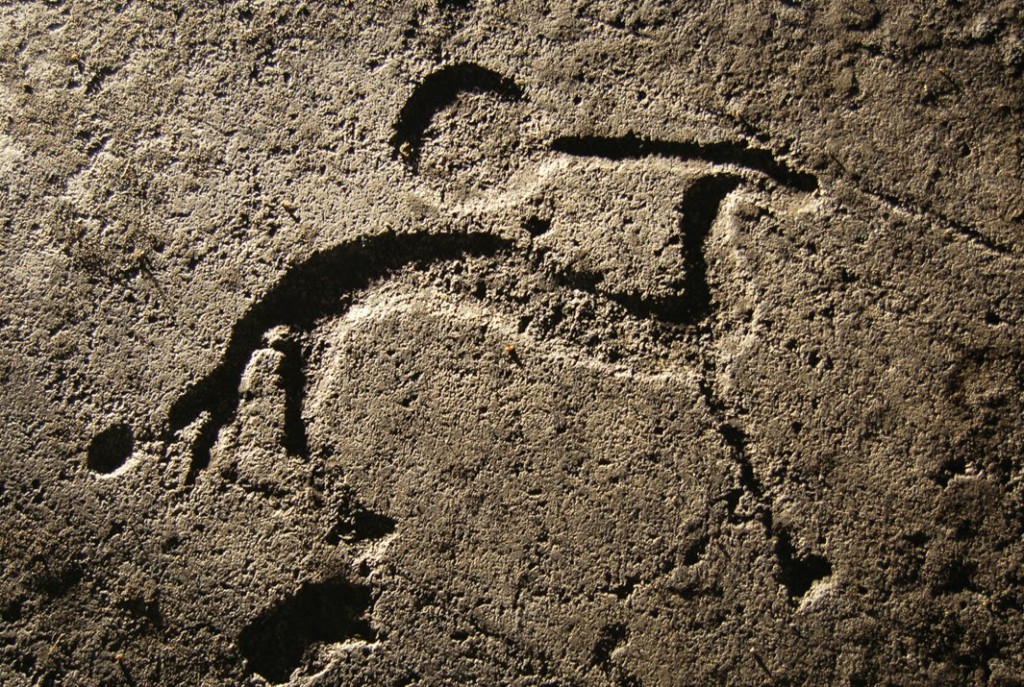As Heathens the times we most tend to look at in the past are the historical periods where we have intersection between textual manuscripts and archaeological finds, starting from the Pre-Roman Iron Age (500-1 BCE) where Caesar writes of the battles with Germanic tribes, through the Roman Iron-Age (1-400 CE), then into the Germanic Migration Period (which peaked around 375-568 CE) culminating in the Viking Age (793–1066 CE), and sometimes even post conversion examined into the late Medieval period. But examining preceding time periods in the region can give us some insights even though culture and religious practices changed. So there can be some value in looking at the adjacent Iron Age Cultures like Jastorf Culture (6th C BCE – 1st C BCE) and La Tene Culture (450 BCE – 1 BCE), and preceding Bronze Age cultures like the Hallstatt culture (1200 – 450 BCE, which we associate more with later Proto-Celtic culture), and the Nordic Bronze Age (1750–500 BCE).
The Nordic Bronze Age (1750 BCE – 500 BCE) was characterized by a significant and highly prevalent sun cultus, many see in the Trundholm Sun Chariot archaeological find an echo to similar stories within the Indo-European umbrella, but what is more recognizable for Heathens is what appears to be an earlier iteration we later recognize as the story of Sunna and her chariot within Norse cosmological myths. So you can look even further back to try to trace certain threads of belief and praxis (such as examining the wagon processionals).
One of (if not the earliest) surviving account of Germanic tribal solar lore comes to us from first century Roman historian Tacitus’ Germania, that states “beyond the Suiones [tribe]” a sea was located where the sun maintained its brilliance from its rising to its sunset, and that “[the] popular belief” was that “the sound of its emergence was audible” and “the form of its horses visible”. Among Northern Germanic cultures we see the story reverberate.
But the concept of the sun with horses dates even further back, the Nordic Bronze Age (1700–500 BCE) seems to have focused heavily around a sun cultus. We have an inscribed glyph of a horse with sun on a razor found at Neder Hvolris near Viborg, and a petroglyph at Fossum (near Tanum). There’s other figural inscriptions and glyphs too.
Continue reading “Sun Worship in Northern Europe – Horses, Boats and More”


You must be logged in to post a comment.